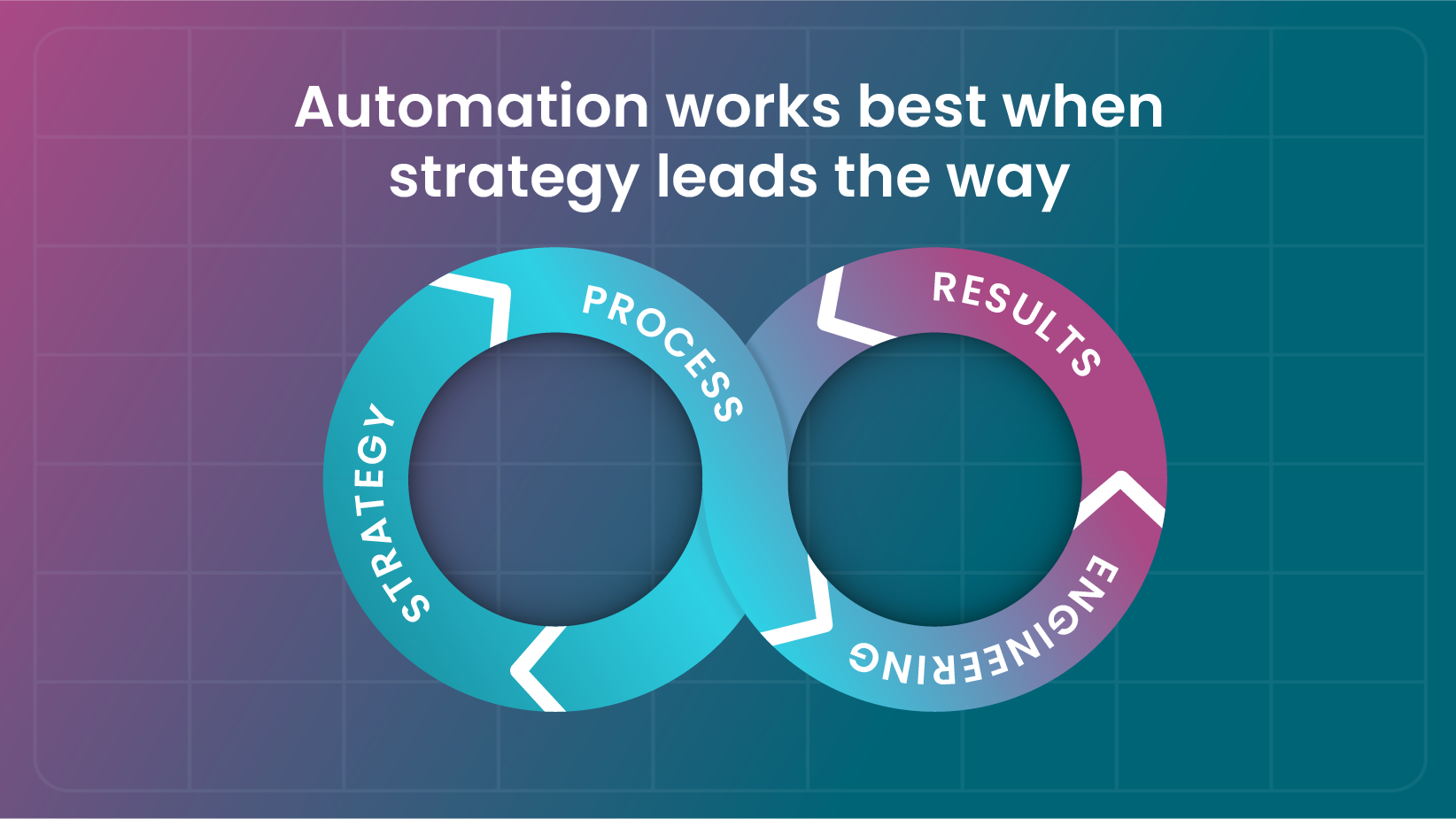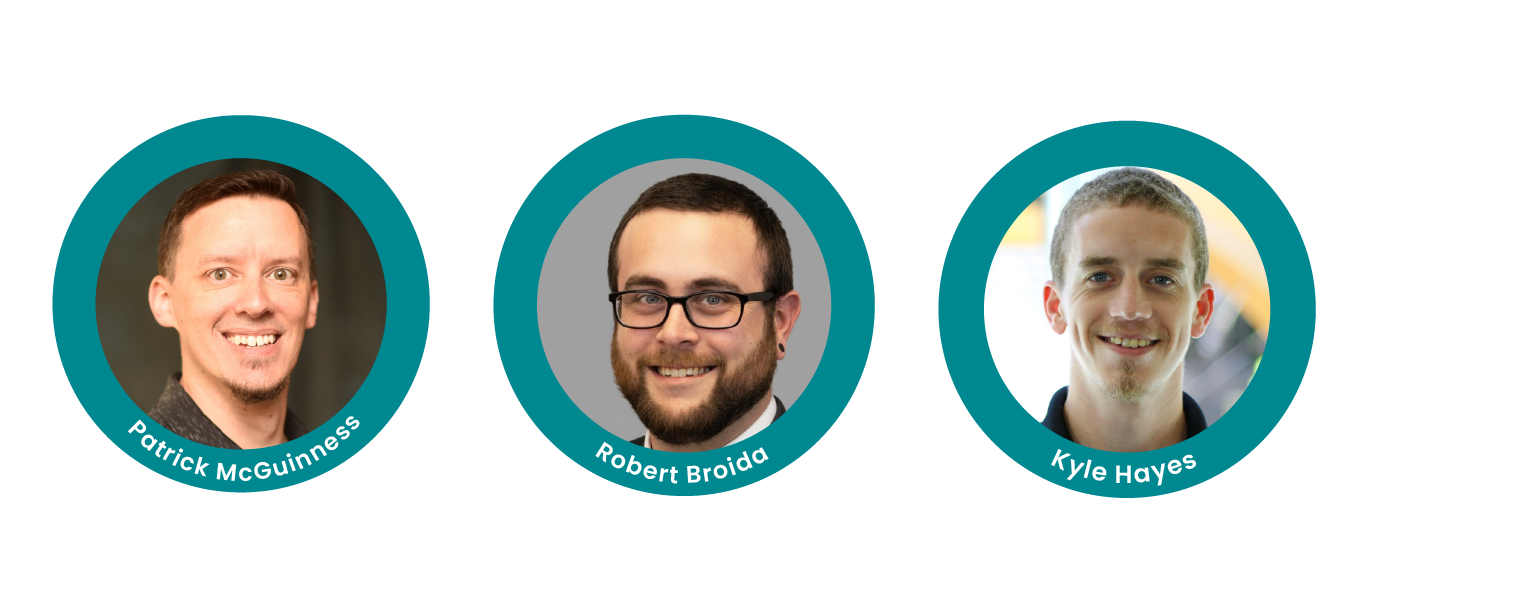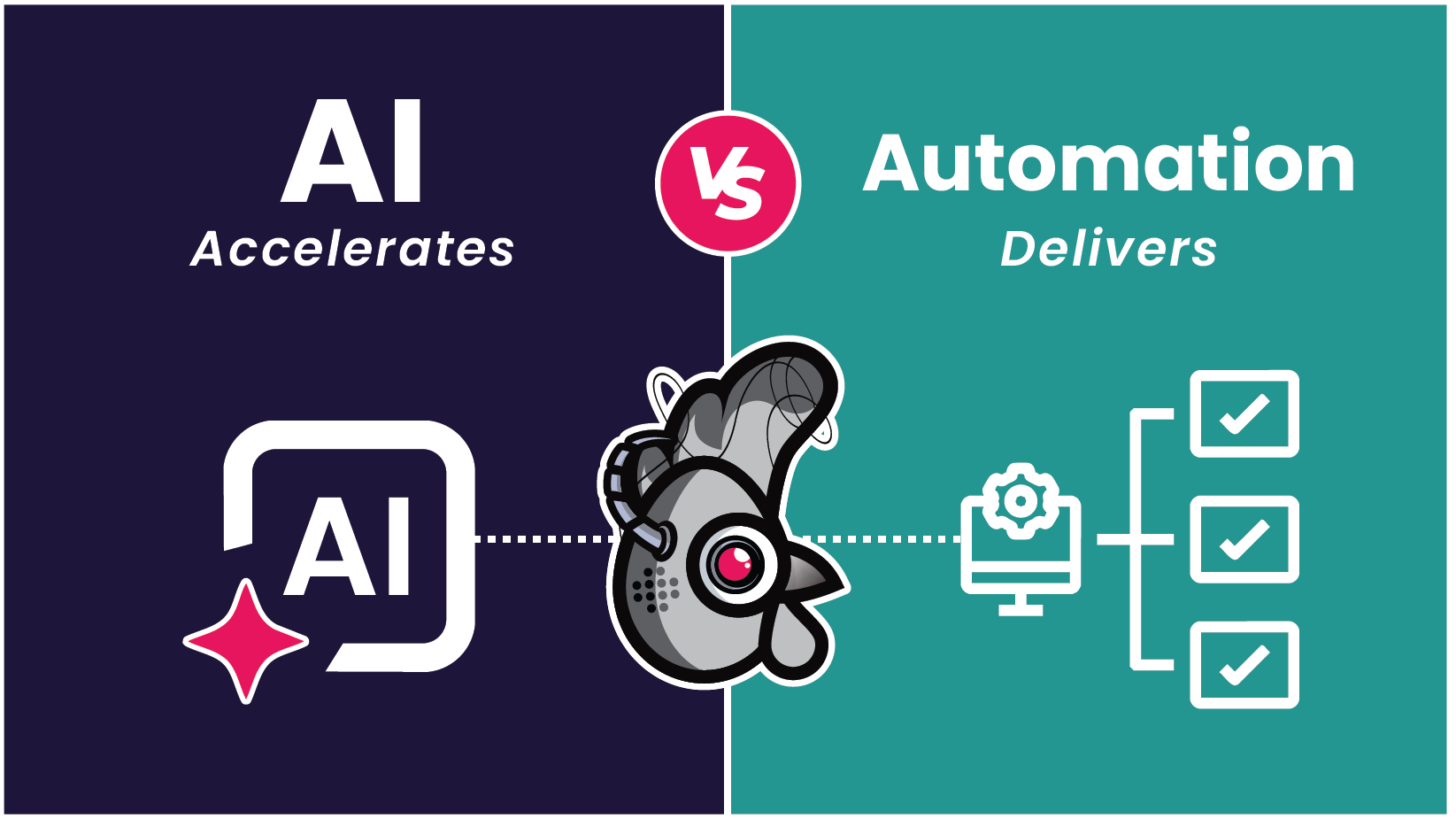Bringing strategy to automation: How FIT Technologies turned vision into action

FIT Technologies is a Cleveland-based MSP that supports more than sixty client tenants. The company prides itself on consistent service, but keeping automation consistent across so many environments quickly became a challenge.
Each engineer had a different approach to scripting, which created inconsistency across teams. Onboarding and offboarding new users often took forty-five minutes per person, while license audits occurred only once a month and required input from multiple departments. Reporting wasn’t always aligned, and leadership wanted a clearer understanding of where automation could save time. PowerShell fixes lived in separate folders, often known only to the person who wrote them. Requests came from leadership, builds came from the technical teams, and the results didn’t always match the original intent.
Kyle Hayes, FIT Technologies’ Data Services Manager, described it best: “Things were done in a vacuum. We’d build something, only to realize it wasn’t what the company really needed.”
Those fragmented efforts cost time and limited repeatability across clients. As FIT Technologies grew, the team needed automation that could scale with them. They were looking for a system that could bring structure, repeatability, and security to every client workflow.
That realization became the spark for a dedicated automation group built to turn FIT Technologies’ scattered automations into a unified, scalable practice. Rewst became the foundation for that effort, enabling the team to build, review, and improve every workflow together on a single platform.
Building the automation team
Instead of adding more engineers or buying another tool, FIT Technologies created a three-person automation group built to bring balance to every part of the automation lifecycle: strategy, process, and engineering.

Each member brings a different strength.
- Patrick McGuinness, Senior Technology Strategist, leads with business insight. He identifies which automations will have the biggest impact and ensures each one supports FIT’s broader goals.
- Robert Broida, Service Delivery Director, knows the day-to-day realities of the help desk. He translates those frontline challenges into clear, repeatable processes that automation can support.
- Kyle Hayes, Data Services Manager, leads development. His team turns those ideas into functional workflows that work across FIT’s many client environments.
Together, they form a closed loop that keeps strategy, process, and execution aligned. Robert describes their rhythm as “a relay race.” He defines the process, Patrick confirms it meets business needs, and Kyle brings it to life in Rewst.
This structure gives FIT Technologies the balance most MSPs struggle to find. Patrick focuses on outcomes, Robert ensures the process makes sense, and Kyle delivers the technical lift to make it real. As Kyle put it, “No one can wear all the hats when it comes to automation,” but what matters most is that each area—strategy, process, and engineering—has clear ownership.
That shared understanding and the trust built among the team turned FIT’s scattered automation efforts into a cohesive system ready to scale.
How the automation engine works
Once the automation team found its footing, the real transformation began. Their approach to automation works like a finely tuned engine, where strategy, process, and execution move in sync.
Strategy and planning
Strategy gives direction, process ensures each idea can be carried out, and engineering supports the technical details that make it possible. Patrick leads FIT’s automation committee, which keeps a living backlog of projects. The list changes as the business evolves, but the focus remains the same: choose initiatives that yield the greatest return on time and effort. Process alignment keeps those priorities realistic, so plans translate cleanly into action.
The team prioritizes automations based on four key factors:
- ROI potential: Time saved, task frequency, and the number of staff members impacted.
- Error reduction: How many mistakes can the automation prevent?
- Scalability: Whether the workflow can support multiple clients or internal teams.
- Resource cost: How many engineers and hours will it take to build?
As Patrick explained, “If it saves 10 minutes 50 times a day for 15 people, that’s an astronomical ROI.” The result is a clear path to quick wins that build momentum for larger projects.
Collaboration and communication
The team meets regularly to align priorities, share progress, and clear roadblocks. They combine strategy, process, and engineering perspectives to ensure decisions connect high-level goals with daily work. Discussions stay centered on efficiency, practicality, and user impact.
The team also maintains an open feedback loop between departments, ensuring that automation remains grounded in real operational needs. As Robert put it, “Process is what keeps everything on track. It’s how good ideas turn into something people can actually use.” That same mindset shapes how FIT Technologies manages its internal work, treating each automation like a client project with scope, testing, and review built into every step.
Execution and building
Kyle’s team brings the plans to life in Rewst. Each automation follows a clear lifecycle:
- Idea or problem identified: Staff suggestions, leadership directives, or patterns spotted in service tickets spark new ideas.
- Scoping and whiteboarding: Patrick and Robert work with Kyle to define inputs, outputs, and success criteria before any development begins.
- Prototype build in Rewst: Kyle’s team constructs the first version, often connecting multiple systems to bring the process together.
- Testing and feedback: The team reviews each workflow across departments to ensure it fits the business context before rollout.
- Iterate and scale: Once proven internally, the team scales automations across clients and tenants.
Kyle emphasized the importance of scalability. “We treat internal automations like client projects. Rewst lets us quickly apply them to multiple tenants without rebuilding from scratch.” By building reusable workflows, FIT Technologies saves time on future projects and delivers consistent results for every client.
Training and community
Continuous learning keeps the engine running smoothly. The team uses Cluck University to sharpen technical skills and keep new staff up to speed on best practices. They also stay connected to the wider Rewst community through The Kewp on Discord, where MSPs share creative solutions and lessons learned. This mix of structured learning and peer collaboration helps FIT Technologies stay on the cutting edge of automation innovation.
Together, these practices have made the team more than a team of builders. They’ve become the framework that powers FIT Technologies’ automation strategy from idea to execution.
Results that keep the engine running
The results of FIT Technologies’ focused approach are clear in both numbers and culture. Automation is a core part of how the business operates and scales.
Time savings and efficiency
One of the biggest wins came from user onboarding, which dropped from 45 minutes to about 15 minutes. That single change now saves hours each week across multiple clients and technicians. License and user audits, which used to happen once a month across departments, now run automatically each night, reducing errors and freeing time for higher-value work. FIT Technologies also streamlined its workload by managing a backlog of approximately 45 automation projects, while focusing its active efforts on two or three high-priority initiatives at a time to remain effective and sustainable.
Quality and consistency
Automations now ensure that every process follows the same steps, regardless of who runs it. This consistency has improved both client satisfaction and technician confidence. Routine Tier 1 tasks, such as password resets and group adds, are fully automated, giving technicians more time to focus on complex requests. Robert described it simply: “When workflows perform the same way every time, everyone wins.”
Financial and business value
FIT Technologies’ leadership now treats automation as an investment. Robert explained, “Automation doesn’t replace people. It helps them do their jobs better and focus on work that matters.” Each project is measured for impact, and the returns are easy to see. By creating an automation-as-a-service model, FIT Technologies has turned internal efficiency into a recurring revenue stream. Clients pay a small monthly percentage—approximately 20 percent—for ongoing maintenance and updates, generating a predictable income while continuing to deliver value.
Cultural shifts and team growth
Automation has changed how people across FIT Technologies work. Technicians spend less time on routine tickets and more time solving complex problems. Departments that once hesitated to embrace automation now ask to be next in line. As Patrick noted, once people see what automation can do, they start looking for new opportunities to use it.
These results show how automation saves time, strengthens operations, and improves client experiences. FIT’s success stems from its commitment to collaboration, careful planning, and continually finding ways to enhance each workflow.
The team believes in starting where you are and building from there. Patrick carried that same mindset forward, saying, “Curiosity keeps us from getting comfortable. The more we ask what else can be improved, the better our results get.” Kyle agreed, adding, “Improvement never really ends. Every workflow can be better, faster, or easier for the next person.” Automation grows stronger when people remain curious and continually seek better ways to work.
FIT Technologies’ journey shows that success in automation comes from focus and follow-through. Robert put it best: “The best time to plant a tree was 20 years ago. The second-best time is now.”
Latest Blog Posts
Subscribe to Our Blog
Stay up to date with the latest on our platform, automation, events and news.
We're committed to your privacy. Rewst uses the information you provide to us to contact you about our relevant content, products, and services. You may unsubscribe from these communications at any time.







